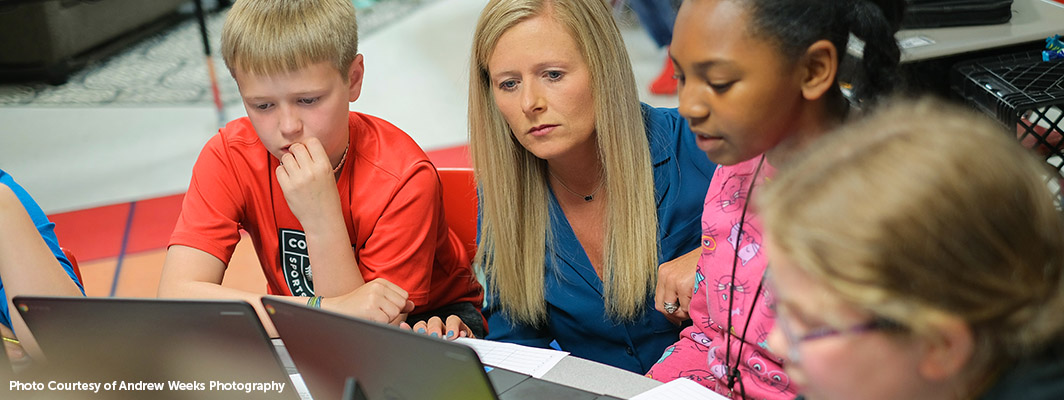
May 13, 2020 | By John Seylar
Digital Promise’s Learning Sciences Research team is experiencing what many educational researchers are familiar with by now—an untimely intrusion by the COVID-19 pandemic that compromises data collection at the end of the school year. This is an especially painful prospect for projects using a pretest-posttest design. You may feel like your response rates are hurting; so are your respondents, many of whom are adapting to rapid changes in their practice. For most researchers, cancelling end-year data collection altogether would amount to scrapping a year’s worth of work and is simply not an option. In this case, damage control is the only alternative.
Below I share some recommendations for this delicate, and sometimes difficult, work. Rather than advice for achieving pre-COVID-19 response rates, I offer methods, which have been tested in my own work with the Dynamic Learning Project, that can help mitigate the damage to your response rates while respecting and maintaining the all-important relationships you have built with your schools and districts.
While your first instinct may be to delay your data collection period, this will likely not help much. Teachers are certainly scrambling right now, but they will probably still be scrambling for some time. Instead, consider extending your data collection period to a series of several weeks, or even months. For our project’s end-year collection, this meant lengthening our collection period from our usual three weeks to almost three months. While we still don’t anticipate the response rates we have enjoyed in past years, we believe extending our collection window will give us access to more data than we would have collected with our previous plan.
Extending your collection period will give your population room to breathe and the opportunity to respond when they can, rather than receiving the usual barrage of reminders and heads-ups.
Even under normal circumstances, a teacher’s schedule is a fragile balancing act. When it’s disrupted, external obligations (such as surveys from researchers) are often tabled, sometimes indefinitely. If possible, try to integrate your data collection with the routines your participants have already established. For example, many teachers fill out one or more year-end surveys sent to them by their schools or districts. If your end-year instruments include a survey, it may be possible to add your survey questions to a form that teachers are already taking. This eliminates the need for a distribution and follow-ups from your team, and lightens the load that teachers shoulder.
COVID-19 is forcing everyone to put our best-laid plans aside and be creative and responsive. The circumstances of schools and districts are constantly changing, and we have to be ready to change with them. This might mean multiple distributions of an end-year survey and closely monitoring communications to respond to participant questions and concerns in a timely manner.
Think critically about what is absolutely necessary for your data collection, and be prepared to shift plans to meet participants where they are. In the event that you receive an unreasonable request (such as an extremely delayed distribution), explain why you can’t make that accommodation and offer a compromise.
We hope these recommendations will help you in any data collection efforts you have underway. These recommendations are good practices for any research project, but applying them during a crisis will substantially strengthen your relationships with your participants. Stronger relationships will make future collaboration more likely, build trust, and lead to richer and more powerful research for schools.
To learn more about our current research conversations, subscribe to Digital Promise’s Learning Sciences Connections newsletter to read stories that share useful findings from the research community.
By Lauren McMahon and Heather Dowd